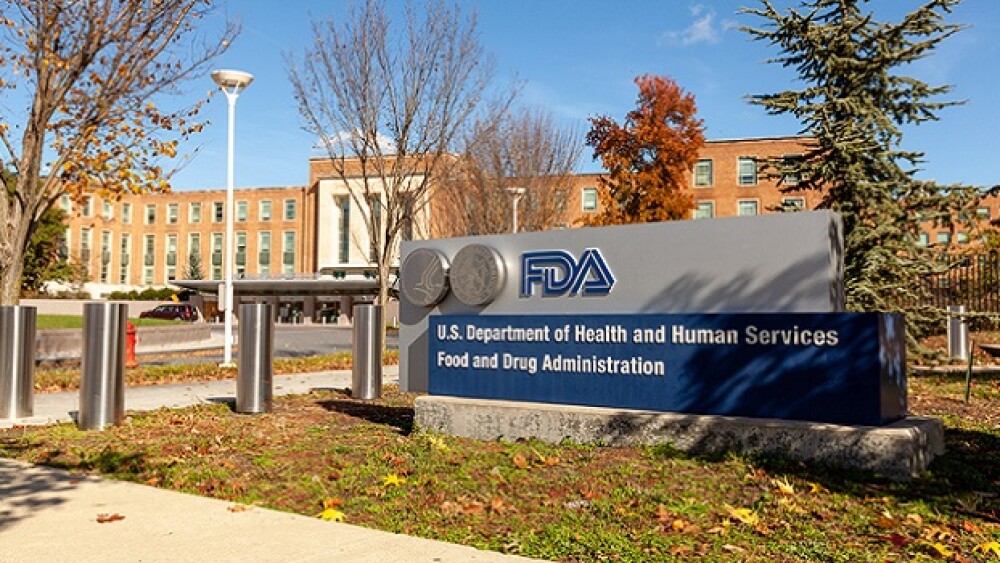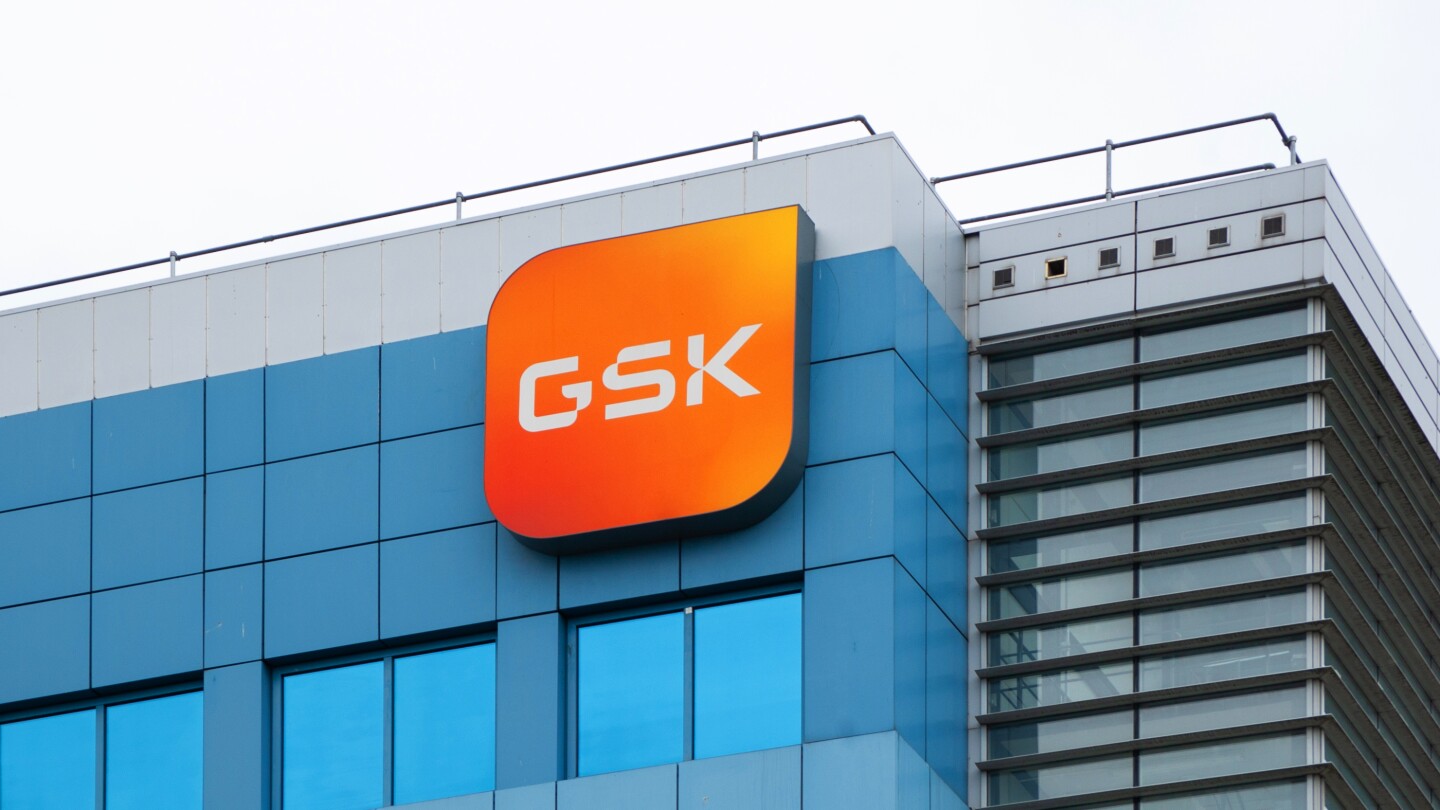News
For the second month in a row, job postings on BioSpace increased in key biopharma disciplines. However, application rates also increased.
FEATURED STORIES
One of the FDA’s potential approvals this month could break an existing monopoly in the treatment space for a rare growth disorder.
With immunology and inflammation blockbusters like AbbVie’s Skyrizi and Rinvoq reeling in nearly $7 billion combined in the third quarter, the pipeline-in-a-product strategy has never been more attractive.
With pricing pressures climbing, Pfizer, Eli Lilly and other major drugmakers are looking to sell their products directly to patients. Analysts are skeptical that these efforts, including those announced to much fanfare from the White House, will result in meaningful reductions in drug spending.
Job Trends
Massachusetts’ increased investment in the life sciences industry includes boosting its life sciences tax incentive program by $10 million annually, aiding job creation in the state.
FROM OUR EDITORS
Read our takes on the biggest stories happening in the industry.
For the Biden-Harris administration to compare the newly announced negotiated Medicare prices to the list prices for these drugs is, at best, not very meaningful. At worst, it’s disingenuous.
THE LATEST
Mixed headlines have plagued the cell and gene therapy space of late. We believe that a renewed case of optimism is not only warranted but essential if these therapies are to reach their full potential.
Since July, several biotechs have been forced to pivot as previous agreements with the FDA around evidence required for approval were reversed, a phenomenon that, according to experts, could portend a more restrictive regulator.
The regulator has received reports that a group of patients treated with Adzynma had neutralizing antibodies against the protein the therapy replaces.
After revoking Sarepta’s award in July and awarding one to Krystal last month, the FDA’s platform technology designation program appears to be back on track. These six biotechs could be on the regulator’s radar.
While expressing disappointment, William Blair analysts were unsurprised by the Phase II failure, having assigned the VISTA study a high level of risk given the “mixed” performance of a similar drug in a prior multiple sclerosis study.
After GSK subsidiary Tesaro filed a lawsuit Thursday claiming that AnaptysBio breached “certain requirements” under their 2014 license agreement involving GSK’s Jemperli, Anaptys responded Friday morning.
Amid an aggressive savings push, Moderna has cut three assets and taken on a loan to increase “flexibility.”
A new analysis from Jefferies shows that drugs receiving breakthrough designations sail through the regulatory process more quickly, on top of frequently winning approval.
The drugmaker’s dominance of the obesity market is fueling predictions that years of growth lie ahead.
Aspen is now also considering the possibility of an initial public offering next year in an effort to bring its cell therapy to the market.






















